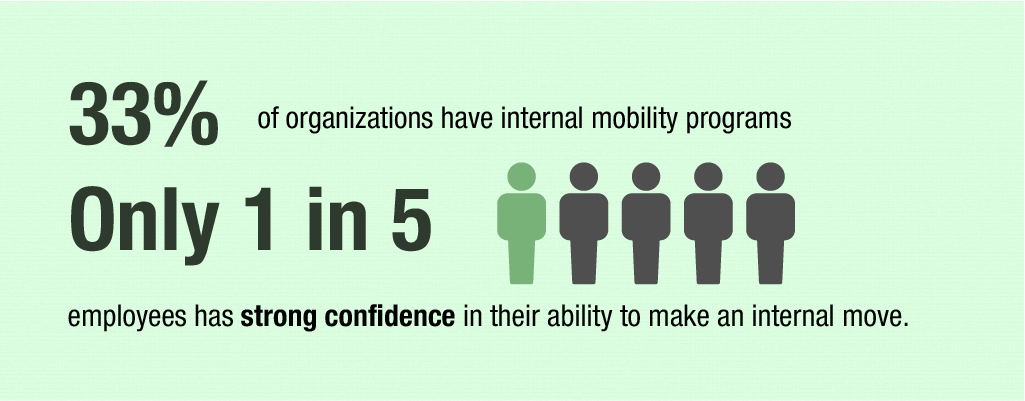Consider your workplace as a championship-winning sports team, with each employee a star player with their own unique skill set and position on the field. But what happens when a key player gets sidelined due to injury or exhaustion? Does the team crumble under the pressure, or do they rally together, seamlessly shifting positions and covering for one another?
Here enters cross-training, the playbook for organizational success that ensures every team member is not just a specialist in their role, but a versatile all-rounder ready to step up when needed. But how does this strategic game plan score big wins for the workplace team? Read the article further to understand why cross-training is crucial in the workplace and in how many ways it benefits the organization.
What is Employee Cross-Training?

Cross-training involves teaching additional skills to employees beyond their primary job function. It ensures that individuals are equipped to handle various tasks within the organization, promoting flexibility and collaboration.
By broadening employees' skill sets, companies reduce dependence on external resources during busy periods or when specific expertise is lacking internally. This approach not only strengthens the organization's resilience but also enhances employees' professional development and career prospects.
Maximizing Cross-Training Effectiveness
Cross-training plays a crucial role in enhancing organizational agility and employee versatility. By effectively maximizing cross-training, businesses can empower their workforce, promote collaboration, and navigate operational challenges with ease. Let's explore strategies to optimize the effectiveness of cross-training for sustained success.
Building a Strong Foundation
Before delving into cross-training initiatives, it's crucial to establish clear expectations and responsibilities. By defining role flexibility and communicating duties effectively, organizations ensure smooth transitions between tasks. Fostering a supportive culture where employees value collective success, encourages collaboration and mutual support during challenging times. Conducting training simulations post-cross-training enables organizations to identify and address any skill gaps, ensuring employees are well-prepared for their new roles. Lastly, establishing feedback mechanisms allows for continuous improvement by gathering valuable insights from employees involved in the cross-training process.
Crafting an Effective Cross-Training Program
Designing a successful cross-training program begins with defining clear goals and objectives. Organizations must determine the program's focus, whether it's enhancing job satisfaction, creating contingency plans, or addressing departmental needs. Conducting a comprehensive job analysis is crucial to identify key tasks appropriate for cross-training.
Selection of suitable candidates for cross-training requires analysis of performance data and maintaining open communication to assess interest and suitability. Emphasizing the benefits of cross-training, such as career enrichment and development opportunities, helps keep employees engaged and motivated.
Implementing a structured training schedule respects employees' workloads while facilitating effective learning and skill development. Recognizing and rewarding achievements motivates employees to actively participate in the program.
Choosing effective training methods, such as on-the-job training or eLearning through mobile platforms, ensures efficient skill acquisition. Continuously seeking improvement by establishing feedback loops allows organizations to refine and optimize the program based on employee insights.
Implementing the Cross-Training Initiative
To successfully implement a cross-training initiative, start by clearly communicating its purpose and benefits to employees. Develop a structured plan with defined timelines and expectations, incorporating various training methods like hands-on practice, workshops, or eLearning. Pair employees with mentors and create job rotation schedules for practical learning. Regular check-ins and progress reviews help identify support needs and keep the initiative on track. Recognize achievements to maintain motivation and engagement. A well-executed cross-training program can boost skills, enhance teamwork, and drive long-term success.
The LinkedIn Workplace Report 2024 states that internal mobility is emerging as a vital strategy for companies, with many leaders seeing its potential to improve retention, enhance workforce agility, and build cross-functional expertise. However, many organizations are still grappling with challenges such as bias toward external hiring and managers retaining top talent, as they work to foster the necessary cultural shifts.

How Can Cross-Training Benefit Your Workplace?
Although training employees on fewer tasks may appear simpler, the additional effort invested yields long-term benefits. Cross-training your staff proves to be an excellent method for the following:
Build Future Managers: Before promoting employees to management positions, cross-training allows you to assess their skills and readiness. This also encourages employees who see cross-training as a pathway to advancement.
Foster a Collaborative Environment: Cross-training cultivates a culture where employees collaborate better. They grasp various tasks, understand how everything fits together, and can contribute meaningfully as a team. Without cross-training, employees may not grasp the significance of others' work to their own.
Boost Employee Confidence: Cross-trained employees feel empowered to handle tasks instead of feeling helpless in challenging situations. This is crucial during staff shortages when immediate assistance may not be available.
Enhance Employee Retention: Being part of a team where mutual support is assured appeals to employees. They don't bear the burden alone, allowing them to take time off without feeling guilty. Cross-training alleviates the pressure to always be present, a significant factor in retaining employees.
Adapt to Seasonal Changes: Cross-trained employees help manage workload variations during busy periods, preventing bottlenecks and ensuring smooth operations when demand spikes.
Prepare for Emergencies: Cross-training equips employees to respond effectively to unforeseen situations, ensuring readiness to handle crises and maintain operations during unexpected events.
Streamline Scheduling: Employees with diverse skills simplify shift scheduling and cover absences more efficiently. Cross-training minimizes scheduling challenges and ensures smoother operations.
Enhance Efficiency: Cross-trained employees eliminate the "not my job" mindset, enhancing productivity by seamlessly transitioning tasks. They keep operations running smoothly, like passing the baton in a relay race.
Clarify Task Assignments: Implementing a cross-training program prompts a review of tasks and responsible employees. This process reveals opportunities for optimization, cost-saving, or restructuring. It also highlights areas where unskilled workers may have unintentionally worsened issues. Clarifying task assignments is essential for effective management.
Negative Implications
Too much focus on Generalists, Not Specialists
Focusing too much on cross-training may result in a workforce of generalists rather than specialists. Generalists possess surface-level knowledge across various areas but lack expertise in specific domains. While versatility is valuable, certain tasks or projects require specialized skills. Maintaining a balance between generalists and specialists is crucial to ensure proficiency in all essential areas.
Risk of Burnout
Cross-training can be demanding, particularly when employees are tasked with learning new skills alongside their existing workload. Poorly managed workloads can lead to stress and exhaustion among employees, increasing the risk of burnout. It's essential for organizations to carefully manage workloads to prevent employees from feeling overwhelmed. Achieving a balance between learning and regular duties is vital to keep employees energized and motivated.
Negative Employee Perception
Employees may perceive increased responsibilities through cross-training negatively, especially if it's not accompanied by appropriate compensation or recognition. Clear and transparent communication is essential when introducing cross-training initiatives. Providing clear expectations and ensuring fairness in compensation can help maintain a positive employee experience. Open dialogue fosters trust and ensures employees feel valued for their efforts.
Importance of Upskilling and Reskilling

The LinkedIn Workplace Report 2024 also indicates that companies investing in learning will have more engaged employees, leading to greater organizational success.

In today's dynamic work environment, upskilling and reskilling through cross-training have become essential strategies. By diversifying employees' skill sets, cross-training ensures they remain adaptable to changing job roles and industry demands. This proactive approach "future-proofs" the workforce, mitigating the risk of skills gaps in the face of technological advancements or market shifts.
Moreover, cross-trained employees serve as catalysts for innovation, bringing fresh perspectives to their roles and fostering creativity through the synthesis of varied knowledge and experiences. Their ability to draw upon insights from different areas enables them to approach problems creatively and drive organizational growth.
Furthermore, investing in employee development through cross-training not only boosts morale and job satisfaction but also enhances organizational competitiveness. By breaking down silos, promoting collaboration, and aligning employee growth with business needs, cross-training empowers organizations to thrive in dynamic markets and seize new opportunities for growth.
Conclusion
In summary, integrating cross-training into organizational practices fosters the development of a versatile and adaptable workforce, equipped to thrive in the dynamic landscape of the modern workplace. By prioritizing this strategic initiative, companies bolster their adaptability and agility, positioning themselves to seize opportunities and overcome obstacles in an increasingly competitive landscape.







